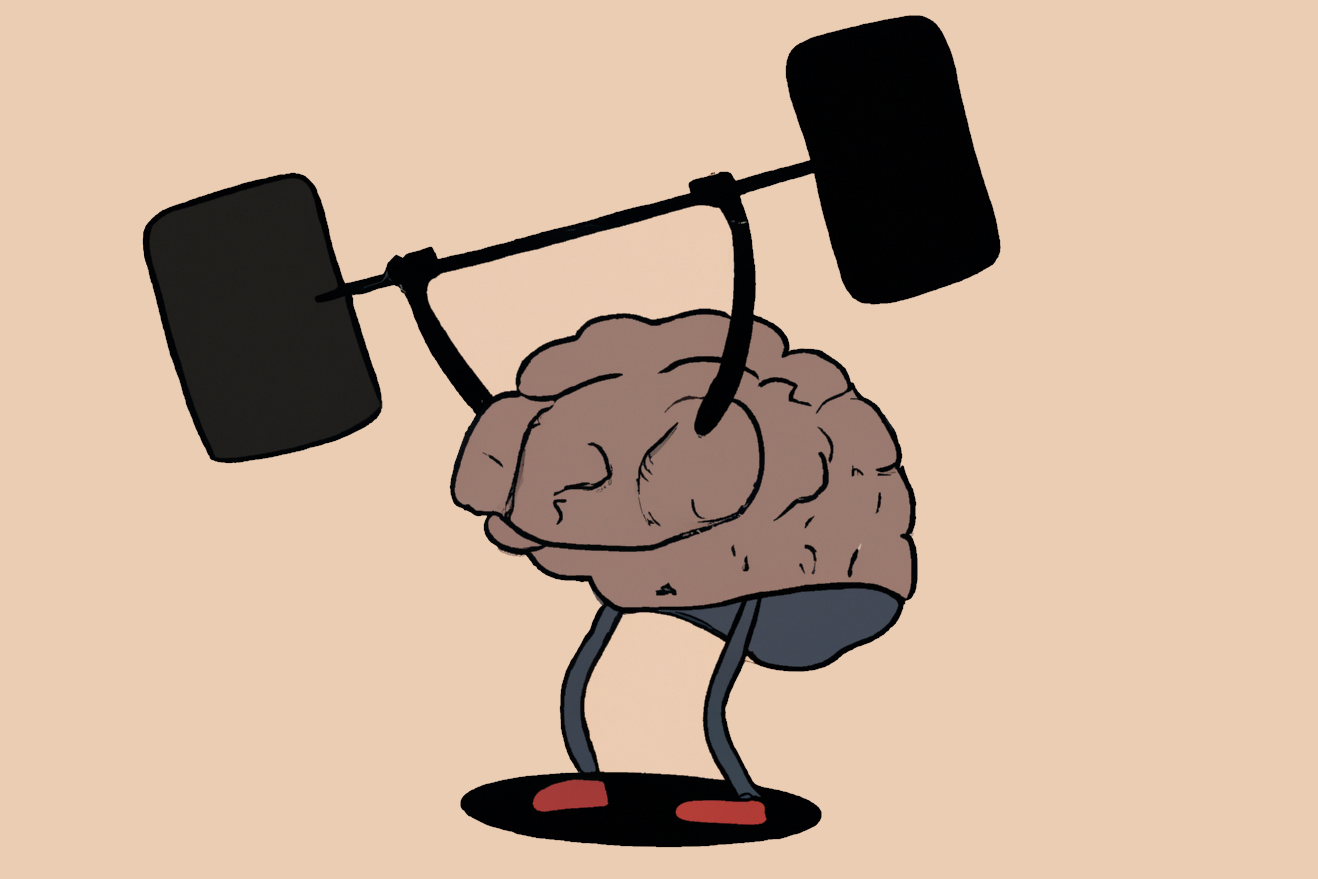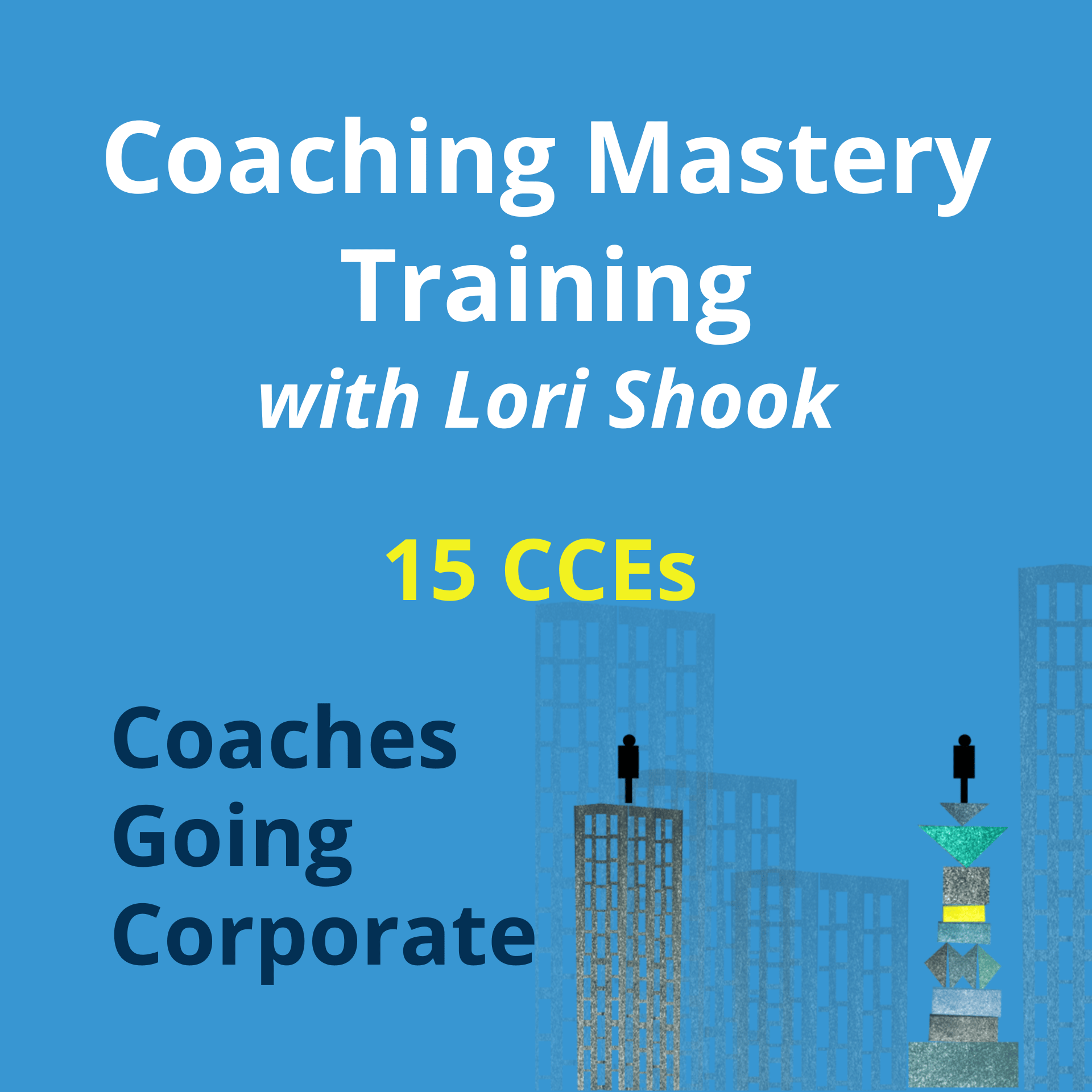
Trust role play – it works!
A lot of people are resistant to “role play” and using scenarios when they learn new skills.
But these experiences are so helpful for how the brain learns; role play helps make learning stick. Read more about how to Make learning experiential.
As a learner practises a specific skill designed for a specific situation, the brain creates neural pathways and then can more easily remember the activity. This is the first stage of long-term learning – learners need this first set of neural pathways set up so they can build on them and develop effective skills for long-term use.
So why are people resistant? Probably because they feel shy trying something new in front of others and they’re afraid to fail. People often feel foolish ‘acting out’ a scenario that might not fit their mood in that moment or maybe they’re worried about their ability to behave or “act” effectively.
So how can you set up a role play to make it successful?
- Make sure that the learning environment is safe – that people are willing to experiment and perhaps make mistakes along the way – for the sake of learning.
- Set learners up for success by providing all the tools they need to be successful when they practise the skill you are training them in.Help them to explore a variety of applications for the skill in addition to the specific scenario you have them practise.
- Note: don’t intentionally set people up to fail or otherwise try to invoke fear. Read more about how Fear can be a motivator, but it is not a teacher.
- Provide safety for failure. Of course, people will fail, but they will also succeed, at least in some small way.
- Celebrate the successes, help them feel confident and aim for even better.
Role play is also very effective in 1-1 coaching
In individual coaching sessions, it can be extremely helpful to have a coachee practise a behaviour they’ve been exploring. To do this, the above tips still apply and the coach needs to be willing to play in.
For example: Justyna asked her coach to help her prepare feedback for a direct report that felt scary. The coach helped her calm fears and supported her to find the words and approach she wanted to use. All she needed next was to practise. So why not try it then and there in the coaching session!? While Justyna practises giving feedback, the coach can be the recipient in the way that Justyna designs or perhaps in ways she had not considered – so she can practise responding in the moment.
Even if the coach doesn’t play the role exactly, the benefit is that Justyna has practised the words and created new neural pathways. She has probably also discovered that her fears were a bit exaggerated. When she gives the actual feedback, her words and approach will be much more accessible to her than if she hadn’t practised at all.
Coaches Going Corporate

For more tips and tools to deepen your ability as a coach, check out Coaches Going Corporate.
more info